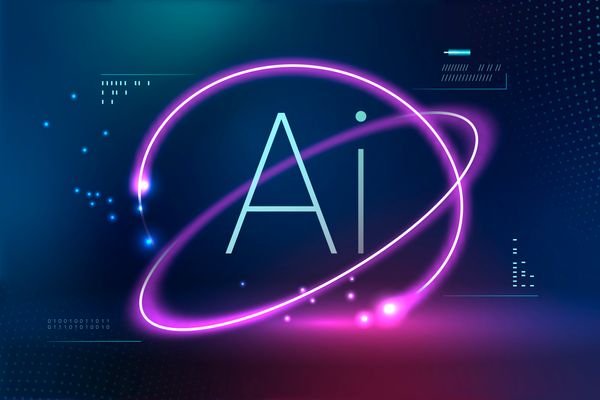How to kill Thanos? Time GPS. Who created Time GPS? Tony Stark, with the assistance of Jarvis. Who’s Jarvis? An AI system built by Mr Stark. Imagine what it takes to defeat super planetary devils. Well, AI has the potential to showcase what it can do for you and the entire humanity. Now, AI has just done some more wonders by scrounging the shape of the Universe through different algorithms, computational and astronomical rules. Well, if you are a space tech nerd, you know that it is not easy for artificial intelligence to knock on the doors of heaven and learn from Albert Einstein his Theory of Relativity. This article will help you know how artificial intelligence helped evaluate this Universe’s shape and what it means to us.
What’s the news about this artificial intelligence technique?
The National Astronomical Observatory of Japan devised an AI model through which they calculated and verified the shape of the Universe. This model helped to segregate the shape noise (the one that occurs due to gravitational lensing distortion) that their Subaru Telescope has collected in the past few years. In addition to this, Japanese astronomers took the help of the ATERUI II supercomputer to generate and create catalogs of more than 25000 galaxies. These catalogs were produced after studying the data obtained from the Subaru Telescope. In the end, to evaluate the perfect shape, the scientists and astronomers added the realist shape noise to the data sets. Then, the AI model was trained on the mock data to deliver the visual information related to the Universe’s shape.
Why is this breakthrough essential?
Tackling out the shape of the Universe is not a cup of coffee. You need to accumulate a bulk of data to ensure that you have an ample amount of observations regarding the planetary objects, galaxies, etc. Now, if you think that it’s easy, stop and assess it again. There’s nothing like ideal. Any event in the space may create noise. Due to unscrupulous signals that reach your end that can hamper all the observational facts and figures. Hence, you need to think about realistic options. And, lastly, you need to add all these data into a model. This model can analyze everything before coming out with concrete conclusions. These models should process fastly as the bulky data may give rise to latency. Therefore, you will like to have hi-speed supercomputers that have the capability to hold voluminous data.
Inference
The AI model created the visuals of the foreground of dark matter and other massive objects distributions. The observations clearly helped to understand the Universe’s shape complies with cosmological rules and conventions. Thank God! Einstein calculations have not kept the entire astronomical fraternity in the dark. But, with these details, there are several positives attached to it, one of which is to understand the evolution of the Universe through this. However, it is also important to understand whether the Big Bang or the death of a star to transform into a black hole created any sort of disturbance in shape. Hence, there is more to go even after understanding the shape of the Universe.


